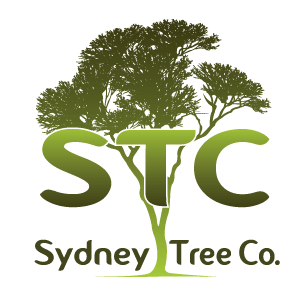Recognizing the Signs
- Leaning Trees
One of the most apparent signs of a hazardous tree is a noticeable lean. When a tree tilts significantly to one side, it could be an indicator of root issues, structural instability, or soil erosion. A leaning tree is at risk of falling, which can lead to property damage or, even worse, injuries to people nearby. - Cracks and Splits
Inspect the tree’s trunk regularly for cracks or splits. These openings can weaken the tree’s integrity and are often caused by internal decay, diseases, or pest infestations. The presence of these defects can lead to a sudden collapse, making it imperative to address the issue promptly. - Dead or Dying Branches
Dead or dying branches, also known as widowmakers, are a significant hazard. These branches are more likely to break or fall during storms or even on a calm day. Regularly pruning dead branches is essential to mitigate the risk. - Fungal Growth
Fungi growing on a tree’s trunk or roots may indicate internal decay. This can weaken the tree’s structure and make it susceptible to uprooting or snapping. Keep an eye out for any unusual growth patterns or discoloration on the tree’s bark. - Root Problems
A tree’s roots are its foundation, and when root issues arise, it can become a ticking time bomb. Shallow or exposed roots, root rot, or girdling roots can compromise a tree’s stability. These issues should be addressed promptly to prevent accidents.
The Urgency of Removal
- Safety First
Safety is paramount when dealing with hazardous trees. Trees at risk of falling can cause injuries or even fatalities. Immediate removal of such trees can prevent tragic accidents and ensure the safety of your property and loved ones. - Property Protection
Trees in close proximity to homes, power lines, or other structures pose a significant threat. A falling tree can cause extensive damage, resulting in costly repairs. Timely removal of hazardous trees can save you from these expenses and headaches. - Preventing Infections
Diseased trees can spread illnesses to other healthy trees in the vicinity. By removing a hazardous tree promptly, you can prevent the spread of diseases and protect your landscape from further harm. - Environmental Impact
Trees are vital for the environment, but a severely unhealthy or dying tree can become a breeding ground for pests and diseases, which can affect the entire ecosystem. Removing such trees helps maintain the ecological balance in your area.
In summary, identifying and addressing hazardous trees is a crucial aspect of property maintenance. Leaning trees, cracks and splits, dead or dying branches, fungal growth, and root problems are all signs that immediate action is required. Safety, property protection, disease prevention, and environmental conservation are all compelling reasons to prioritize the removal of hazardous trees.
If you suspect that you have a hazardous tree on your property, it is highly recommended to consult with a professional tree removal service. They have the expertise and equipment to safely and efficiently remove these risks. Don’t wait until it’s too late—prioritize the removal of hazardous trees to safeguard your property and the well-being of your community.

